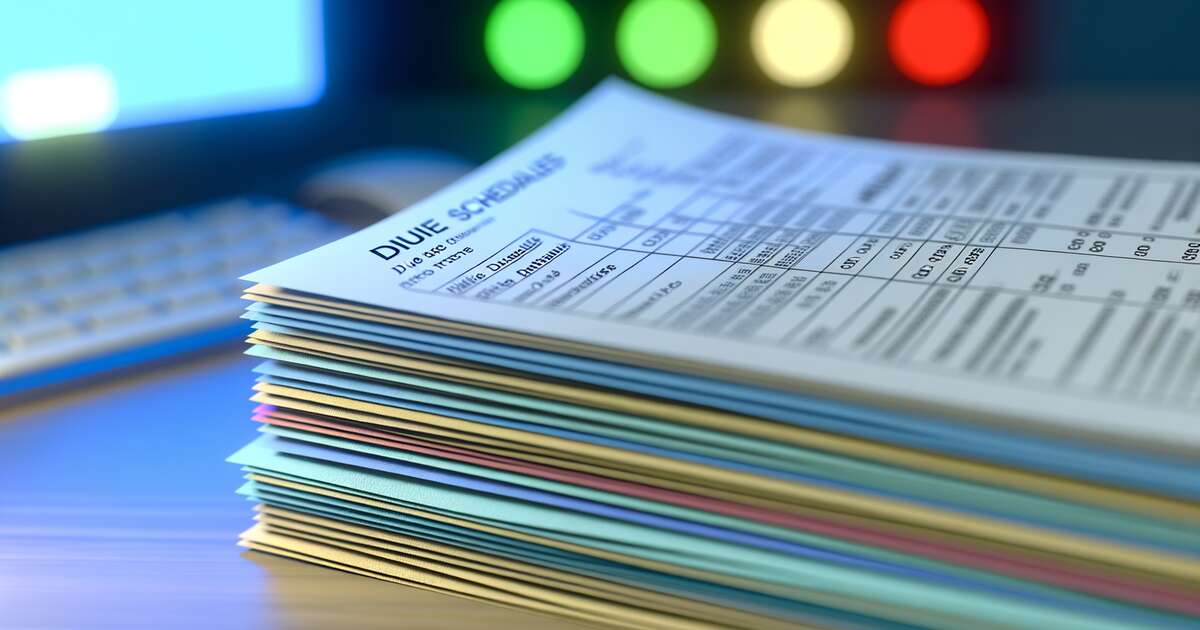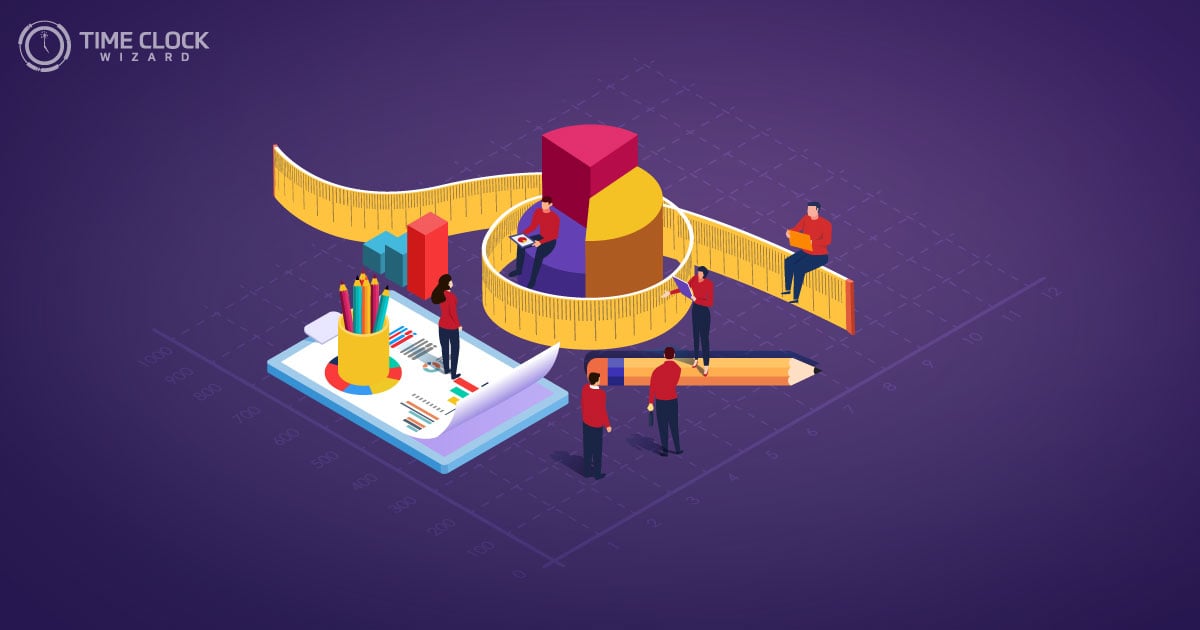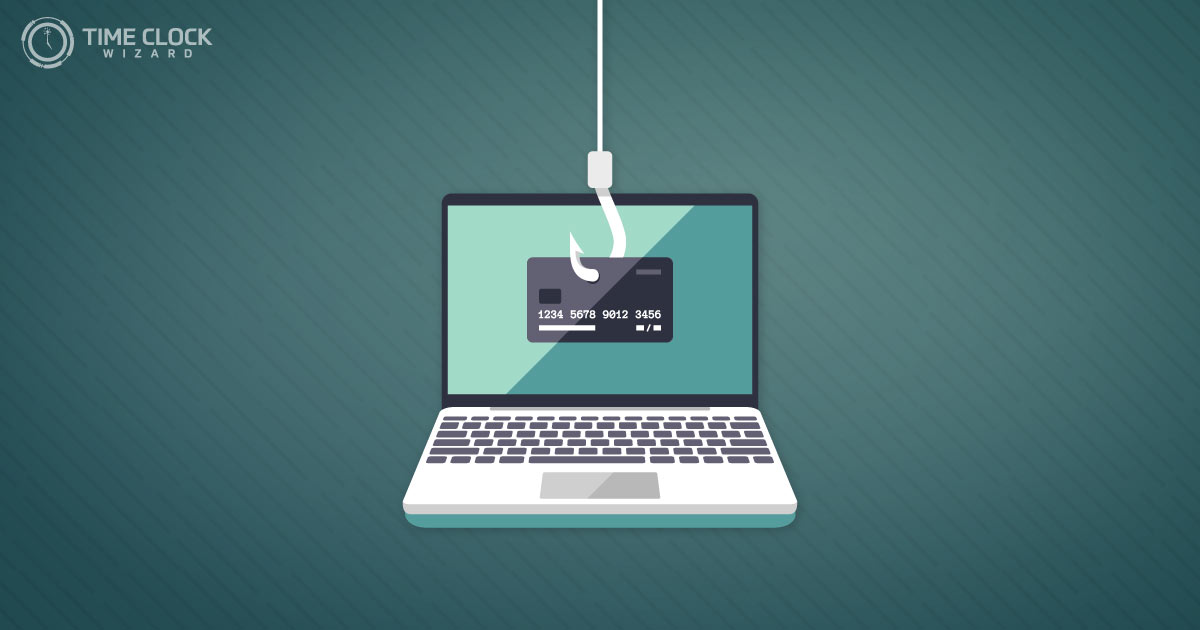
Are you scratching your head about what ‘Paid in Arrears’ really means? Don’t worry; you’re not alone! Understanding financial terms can often feel like deciphering a secret code. So, let’s simplify it together! ‘Paid in Arrears’ is a common term you might encounter in various financial agreements, paychecks, and invoices. But—what exactly does it encompass and how does it affect your transactions?
To put it simply, being paid in arrears means that the payment for services or goods is completed after the service period or terms have been met. It’s different from being paid upfront and has specific implications in business practices and personal finance—which we will explore in depth. Have you ever wondered how this payment structure affects cash flow or financial planning? Get ready, because understanding this can make a significant difference in managing your finances successfully! 🧐
Understanding the Term ‘Paid in Arrears’: A Definition
The term Paid in Arrears might sound complex, but it’s actually a straightforward concept used in financial and business transactions. So, what does it really mean to be paid in arrears? Simply put, being paid in arrears refers to the payment of goods or services after the service period or delivery has been completed, rather than in advance.
This payment model is often seen in payroll systems and invoicing methods. Have you ever received a paycheck at the end of a billing cycle for work done during the previous period? That’s an example of being paid in arrears. This method ensures that payment is made based on actual services provided or job performance, potentially leading to more accurate and justified payrolls. Doesn’t that seem like a practical approach?
- It reassures the payer that the service or product meets the expected standards before payment.
- It allows for more accurate financial predictions and adjustments.
- It might improve job performance, as payment correlates directly with results.

Exploring the Different Contexts of ‘Paid in Arrears’
The term ‘Paid in Arrears‘ might sound a bit complex at first, but it’s quite a common financial concept used in various contexts. Have you ever wondered how this affects different sectors and payment arrangements? Understanding its applications can significantly clear up any confusion surrounding monthly payments or salaries!
In the realm of employment, being Paid in Arrears means that employees receive their wages after the work period has ended. This is contrary to being paid in advance, where payment is made before the work starts. Can you imagine working the whole month and getting your paycheck only at the beginning of the next month? That’s ‘Paid in Arrears’ for you!
Furthermore, this term is not limited to just employment. In utilities or services, companies often bill their customers in arrears; meaning, the bill you receive in a current month is for the consumption of the previous month. It ensures that payment is required only for actual usage, aligning costs accurately with consumption.
- Rental agreements: Rent payments are typically made at the end of the rental period.
- Utility services: Payments are made after consumption has been measured at the end of the billing period.
- Subscription services: Charges are often applied after the subscription period.
How Does ‘Paid in Arrears’ Impact Financial Transactions?
When dealing with the concept of Paid in Arrears, it’s important to understand its impact on financial transactions. Payments made in arrears mean they are performed after the service or work period which they cover, unlike advance payments. But what does this mean for both the payer and the recipient financially?
In financial accounting, being paid in arrears can affect cash flow management significantly. For businesses, it means having to carefully plan their finances to ensure they have sufficient funds to cover these delayed payments without affecting their operational capability. Have you considered how this might affect budgeting and financial forecasting?
For employees and contractors, receiving payments in arrears affects how they manage their personal finances. It requires a good grasp of budget planning, since the money earned from one month is typically received in the following month. This delay can be a challenge, especially for those who may not have a financial cushion.
Moreover, the timing of payments in arrears can influence financial reporting and tax obligations. Companies need to account for these payments accurately to meet regulatory requirements and to provide transparent financial statements. Are these elements being effectively communicated within your business or personal financial practices?

Examples of ‘Paid in Arrears’ in Business and Payroll
When we talk about ‘Paid in Arrears‘ in a business or payroll context, we’re dealing with a payment approach where payments are made after the completion of services or work period. Isn’t it intriguing to consider how this might affect cash flow and employee satisfaction?
Let’s take a closer look at practical examples within the business world. Many companies use the arrears payment system for their payroll. Instead of receiving pay at the beginning or during the period of work, employees receive their wages after they’ve completed their work cycle. This might be at the end of each week, bi-weekly, or monthly, depending on the company’s payroll policies. Paid in Arrears supports businesses in managing finances by ensuring that payments are made only for completed work.
Not just limited to salaries, this concept also extends to transactions between businesses, such as subcontractor payments or consultancy fees. For instance, a freelance graphic designer might bill a client upon project completion, with payment due typically within 30 days post-invoice. Have you ever wondered how this system influences budget scheduling or financial forecasts in a company?
The Advantages and Disadvantages of Being Paid in Arrears
Navigating the concept of being Paid in Arrears can be tricky, but understanding its pros and cons is crucial for anyone dealing with this payment structure. Whether you’re an employer or employee, knowing what to expect can make all the difference. So, what are the advantages and disadvantages that come along with this payment method?
Advantages of Being Paid in Arrears
- Improved cash flow management for employers, allowing them to ensure funds are available before disbursing payroll.
- Potential for better budgeting and financial planning for both parties involved.
- Reduces the likelihood of payroll errors since the payment covers a period that has already been worked.
Disadvantages of Being Paid in Arrears
- Can lead to financial strain for employees who may need immediate funds for unexpected expenses.
- May cause confusion and dissatisfaction among workers who are used to being paid immediately after their service.
- Requires careful communication and understanding between employer and employee to avoid discontent.
While the advantages might seem appealing, especially from a managerial perspective, it’s important to weigh them against the potential drawbacks that might affect employee morale. How well do you think you could adapt to this payment system?
Common Questions
What is an example of payment in arrears?
Payment in arrears refers to the practice of paying for services or work after they have been completed, rather than in advance. An example of payment in arrears can be seen in payroll practices. Many employers pay their employees in arrears, meaning the paycheck an employee receives covers the period worked prior to the pay date. For instance, if an employee is paid on the last day of the month, the paycheck might cover work performed from the first to the last day of that month, rather than for the forthcoming month.
Is it good to be paid in arrears?
Being paid in arrears has both advantages and disadvantages. On the positive side, it allows employers to ensure that the work is completed satisfactorily before making payment, which can lead to better quality assurance and accountability. However, for employees, it means there is a lag between when they perform the work and when they receive payment, which can be challenging for budgeting and financial planning. Overall, whether it is good or not can vary depending on the specific circumstances and preferences of the employees and employers involved.
What does it mean to pay a bill in arrears?
Paying a bill in arrears means making a payment for a service or utility after the service period has ended. This is common with various types of utilities and services where the exact usage is not known until the end of the billing period. For example, with electricity or water bills, consumers use the service throughout the month and receive a bill at the end of that month detailing their usage and the amount due. This method ensures that consumers are only billed for the actual amount of service they used.
What does it mean to be paid one week in arreards?
Being paid one week in arrears means that the payment an employee receives is for the work done the week preceding the payment week. For example, if a weekly payment schedule is followed, the paycheck received in the second week of June would be for the work performed during the first week of June. This system is often used to give employers time to accurately calculate pay based on hours worked and any other additional earnings or deductions that need to be accounted for during that period.
Legal Considerations and Obligations When Paid in Arrears
Navigating the legal landscape when you’re Paid in Arrears can be quite intricate. It’s crucial to understand the legal obligations and considerations tied to this payment arrangement. Are you aware of the statutory requirements and contractual nuances involved?
First and foremost, it is legally binding for parties to adhere to the terms laid out in employment or service agreements. This includes respecting the agreed-upon schedule of payments, even if they are disbursed in arrears. Failure to comply can lead to legal disputes or penalties. Additionally, employers must ensure timely communication with employees about the payment structure to avoid misunderstandings or legal complications.
Moreover, depending on your location, the law may impose specific rules about making payments in arrears. For instance, some jurisdictions require certain notices or adhere to strict timelines for arrears payments to protect workers from potential exploitation. Have you checked if these rules apply to your situation?
- Review employment or service contracts thoroughly to understand payment terms.
- Stay informed about local laws affecting payments in arrears.
- Consult with a legal professional if in doubt about compliance issues.
Final Thoughts: What Does ‘Paid in Arrears’ Mean? A Comprehensive Explanation
Now that we’ve unpacked the term ‘paid in arrears,’ you’re better positioned to navigate the complexities of such payment terms in both business and personal finance contexts. Whether it’s understanding your paycheck, managing invoices, or setting up payments for services, knowing how payments in arrears function can safeguard you from potential pitfalls. Isn’t it great to feel more secure in your financial dealings?
Keep these insights in mind as you go about your daily financial transactions. If ever you encounter the term ‘paid in arrears’ in a contract or at work, you’ll now handle it like a pro! 😊 Remember, knowledge is power, especially when it comes to managing money. Here’s to making informed financial decisions—with no more confusion about being paid in arrears!





